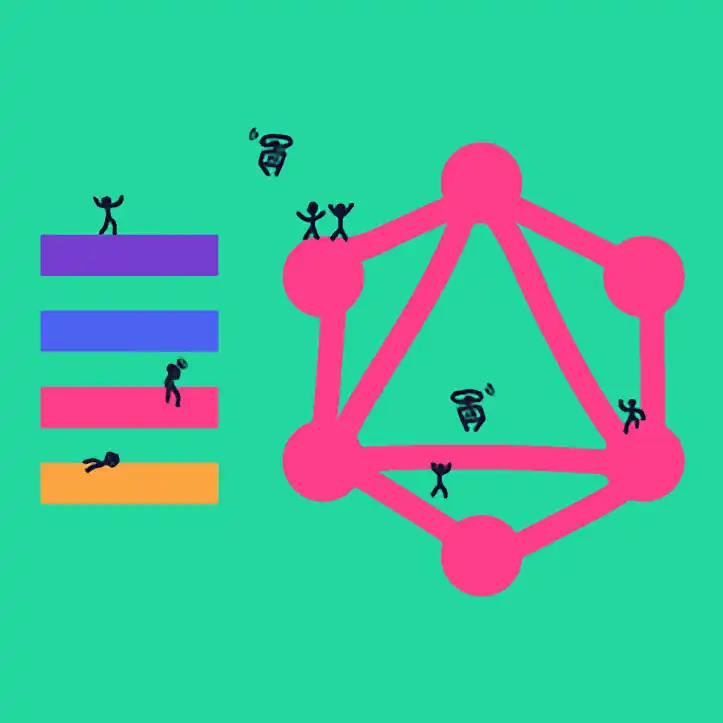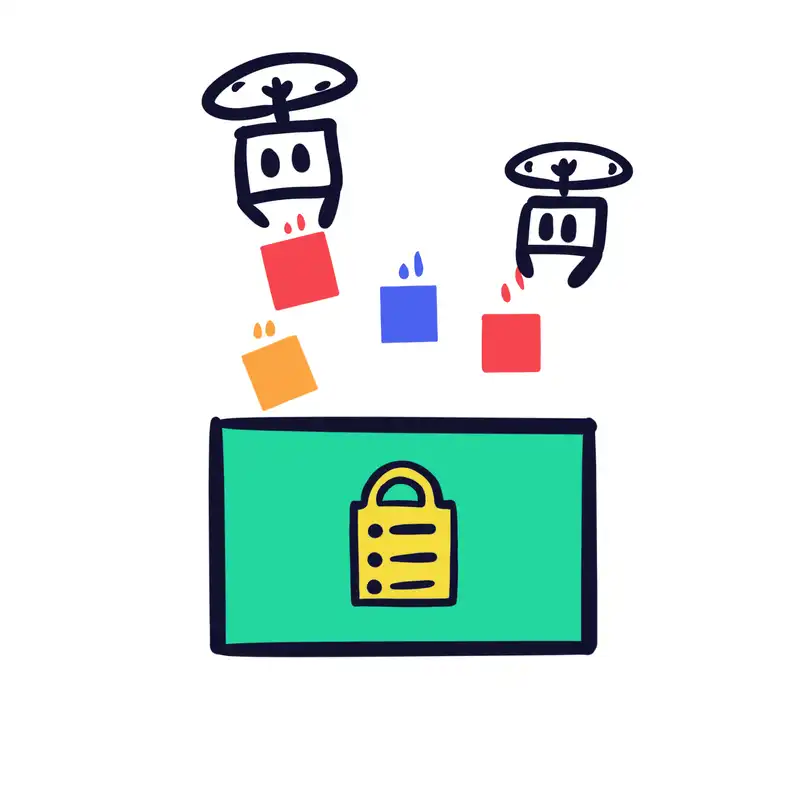CRUD
How does CRUD relate to a REST API?
02 November 2020 • 4 minutes • Written by Eban Escott
REST uses the HTTP protocol’s request types (POST, GET, PUT, and DELETE) to allow users to Create, Read, Update, and Delete (CRUD) via an API. This makes CRUD relate to REST tightly. In this article we are going to unpack this; answer, talk a little history, and follow an example to cement your knowledge.







